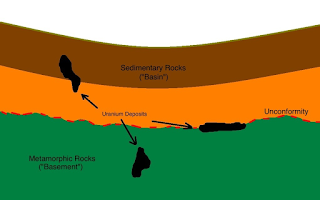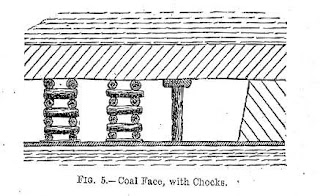Accounting Ratios
GP% Operating Profit % Net Income % ROA ROE Inventory Days Receivable Days Payable days Debt to Equity Ratio Interest Coverage Current Ratio Quick Ratio Sure, I can explain these financial ratios: GP% - Gross Profit Margin Percentage: This measures the percentage of revenue that remains after deducting the cost of goods sold. It is calculated by subtracting cost of goods sold from revenue and then dividing the result by revenue. Operating Profit % - Operating Profit Margin Percentage: This measures the percentage of revenue that remains after deducting both cost of goods sold and operating expenses. It is calculated by subtracting cost of goods sold and operating expenses from revenue and then dividing the result by revenue. Net Income % - Net Profit Margin Percentage: This measures the percentage of revenue that remains after deducting all expenses, including interest and taxes. It is calculated by subtracting all expenses from revenue and then dividing the result by reven...








